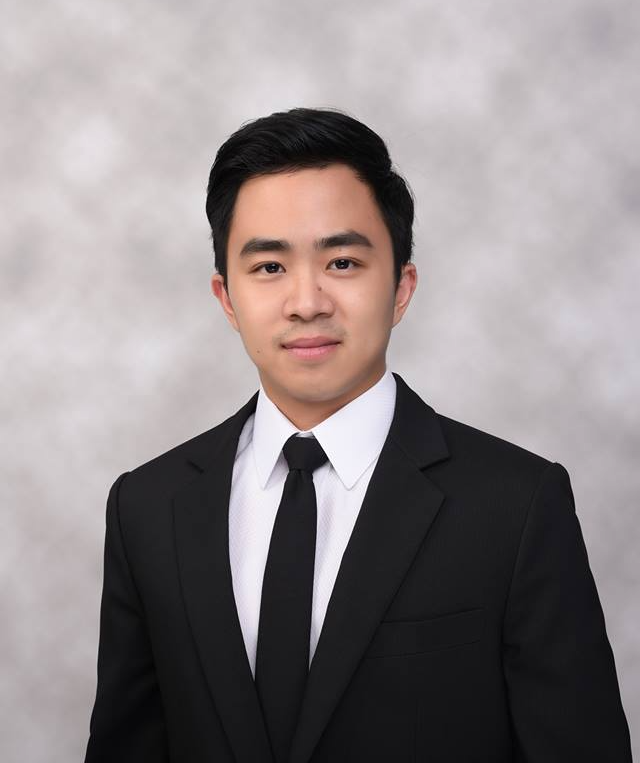|
I am interested in computational fluid dynamics, nuermical methods, machine learning, and optimization. My research focuses on the integration of these methods to develop tools for industries, facilitating the creation of advanced techniques and solutions. |
| Projects at MIT |
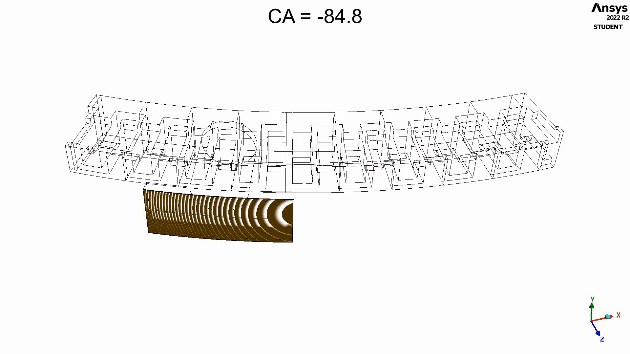 |
We developed a simple numerical model to predict oil transport in the oil control ring. The model was developed by strategically analyzing 3D two-phase CFD simulation data. The simplify model shows good agreement with CFD results and experiment results. Moreover, this model can simulate several thousands of engine revoltion much faster than CFD simulations which can serve as a efficient design tool. |
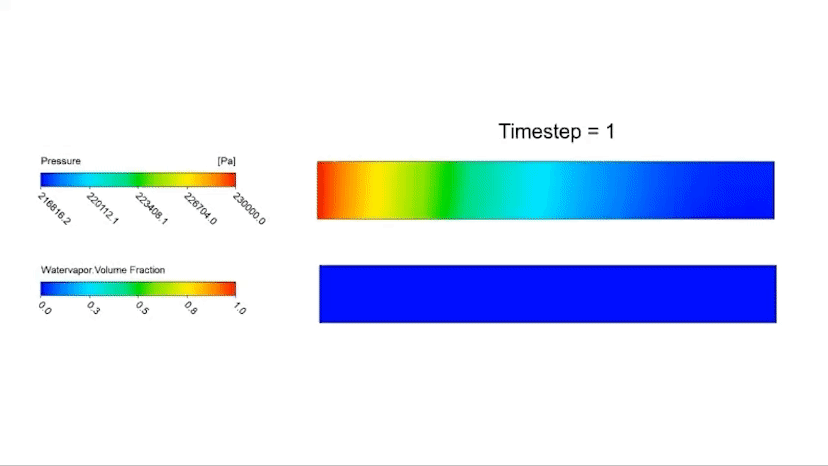 |
We developed a cavitation predictor which can estimate whether cavitation will occur in the water coolant jacket under given flow field conditinos. The model was built by taining a machine learning model with hundreds of 2D CFD vibration induced cavitation simulations. The model provides a guidance durign engine deisng to prevent the occurance of cavitation. |
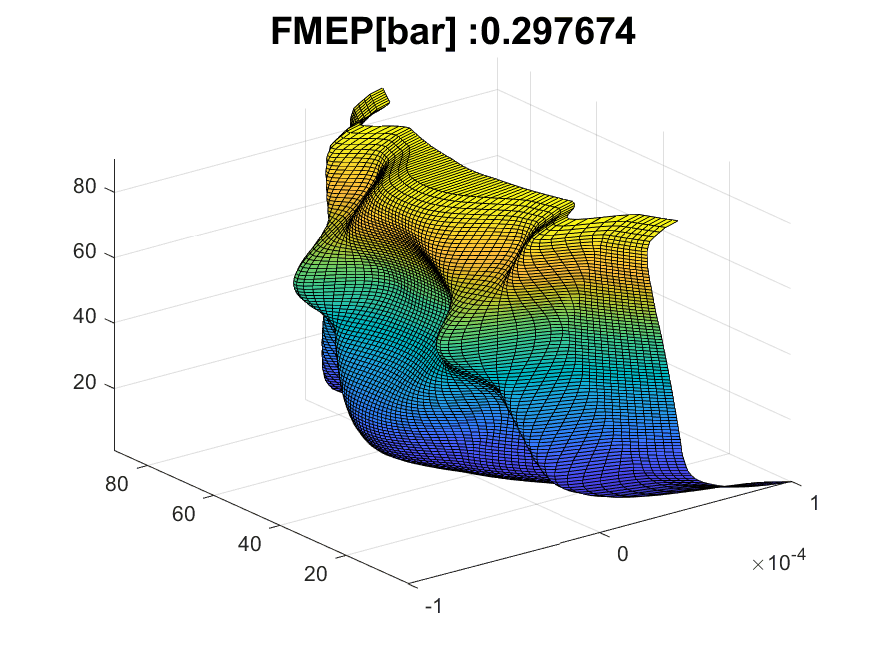 |
We develop a framework for optimizing the piston skirt profile by integrating nerual network and genetic algorithm to minimize both friction force and piston lateral motion. Utilizing hundreds of simulation results, we trained a neural network surrogate model, effectively correlating the relationship between design parameters and engine performance. The result yielded remarkable reduction in both friction force and piston lateral motion, validated across two distinct engines. |
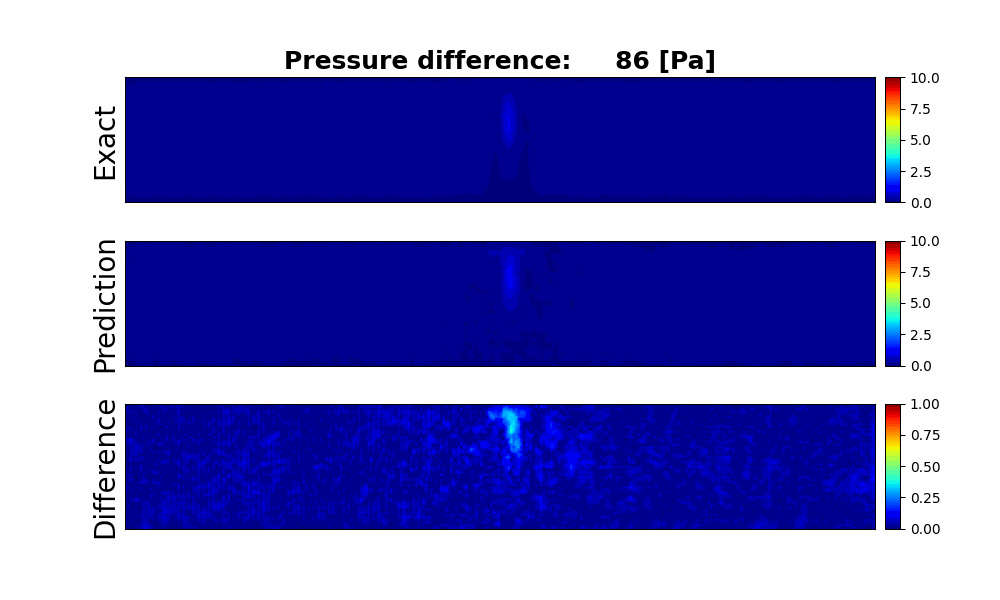 |
We engineered a surrogate model for reconstrcting gas flow pattern around the oil control ring gaps. The model was constructed using a deep convolutional neural network trained on thousands of CFD reusls obtained under various pressure conditions. The model serves as an effective tool capable of promptly reconstructing the flow field around the gap. |
| Projects at National Taiwan University |
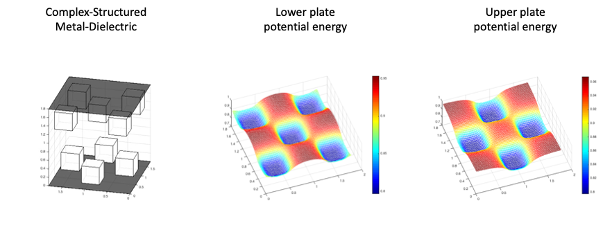 |
The objective of this research was to devise a swift and precise stochastic solver for extracting parasitic capacitances in both 2D and 3D multi-metal-dielectric interconnects. The solver leverages the square-shaped random walk to expedite the stochastic process, employing finite difference methods to reconstruct the probability distribution of the square-shaped random walk when encountering different dielectrics within the square. |
| Projects at Tamkang University |
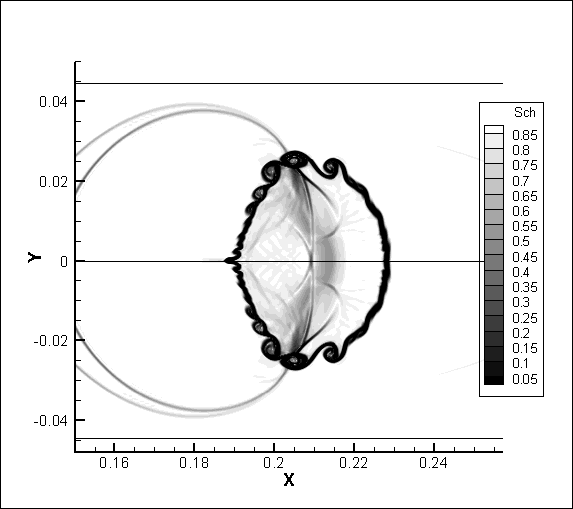 |
In this study, we propose a less-dissipative hybrid AUSMD scheme for compressible multi-component flows. The MUSCL+THINC reconstruction scheme combines MUSCL with the Tangent of Hyperbola for Interface Capturing technique under the boundary variation diminishing concept. We apply this approach to perfect gas Euler equations and multi-phase five-equation flow models. Results across various benchmark tests demonstrate the superior capability of the MUSCL+THINC-type AUSMD solver in capturing shock waves, expansion fans, and material interfaces. |
|
Template from here. |
